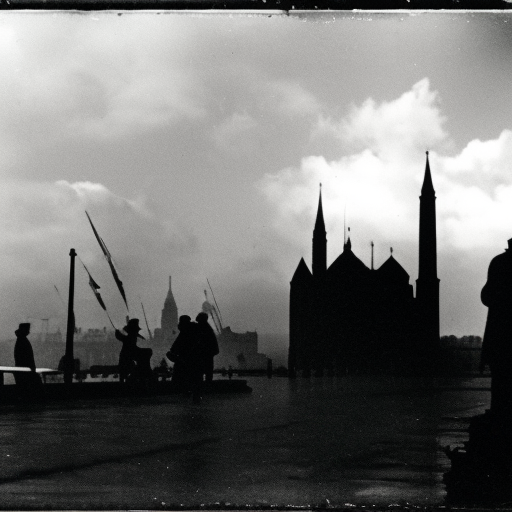Summary: End of World War II in Europe
The end of World War II in Europe marked a significant turning point in global history. After six years of devastating conflict, the Allied forces, led by the United States, the Soviet Union, and the United Kingdom, emerged victorious over the Axis powers, primarily Germany and Italy. The war officially ended on May 8, 1945, when Germany surrendered unconditionally, a day known as Victory in Europe (VE) Day.
The Final Stages of the War
In the final stages of the war, the Allied forces launched a series of major offensives that pushed the German army back on multiple fronts. The Battle of Stalingrad in 1942-1943 was a turning point, as the Soviet Union successfully repelled the German advance and began to push them back towards Germany. In 1944, the Allies launched Operation Overlord, the largest amphibious invasion in history, which resulted in the liberation of Western Europe from German occupation.
The Fall of Berlin
As the Allied forces closed in on Germany, the Soviet Union launched a massive offensive in early 1945, known as the Vistula-Oder Offensive. Soviet troops quickly advanced towards Berlin, the capital of Nazi Germany. In April 1945, Soviet forces surrounded the city, and after intense street-to-street fighting, Berlin fell on May 2. Adolf Hitler, the leader of Nazi Germany, committed suicide in his bunker on April 30, 1945.
The German Surrender
With Berlin captured and Hitler dead, the remaining German leadership realized the futility of continuing the fight. On May 7, 1945, General Alfred Jodl signed the unconditional surrender of all German forces at Reims, France. The surrender took effect on May 8, marking the official end of the war in Europe.
Victory in Europe (VE) Day
Victory in Europe (VE) Day was celebrated across the Allied nations on May 8, 1945. It marked the end of the war in Europe and the beginning of the process of rebuilding and recovery. The news of Germany’s surrender brought immense relief and joy to millions of people who had endured years of hardship and loss.
The Aftermath
The end of World War II in Europe had far-reaching consequences. Germany was divided into four occupation zones, controlled by the United States, the Soviet Union, the United Kingdom, and France. This division eventually led to the Cold War between the Soviet Union and the Western Allies. The war also resulted in the creation of the United Nations, an international organization aimed at preventing future global conflicts.
The Nuremberg Trials
In the aftermath of the war, the Allies held the Nuremberg Trials to prosecute prominent Nazi leaders for war crimes, crimes against humanity, and genocide. The trials established the principle that individuals could be held accountable for their actions during times of war, even if they were acting under orders from a superior.
Conclusion
The end of World War II in Europe brought an end to one of the deadliest conflicts in human history. It marked the beginning of a new era, with the world grappling with the aftermath of the war and the challenges of rebuilding and reconciliation. The lessons learned from this war continue to shape international relations and serve as a reminder of the importance of peace and cooperation among nations.












